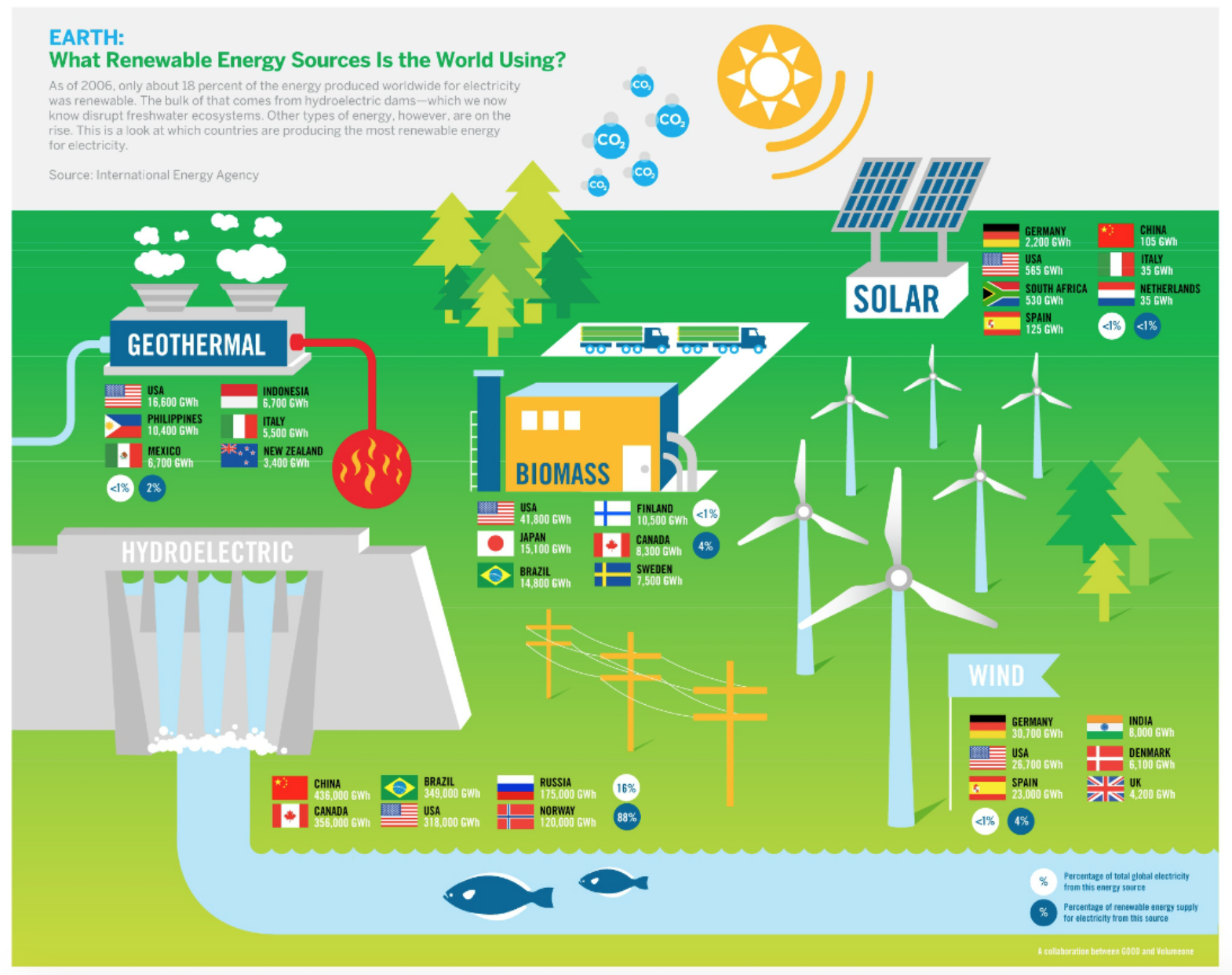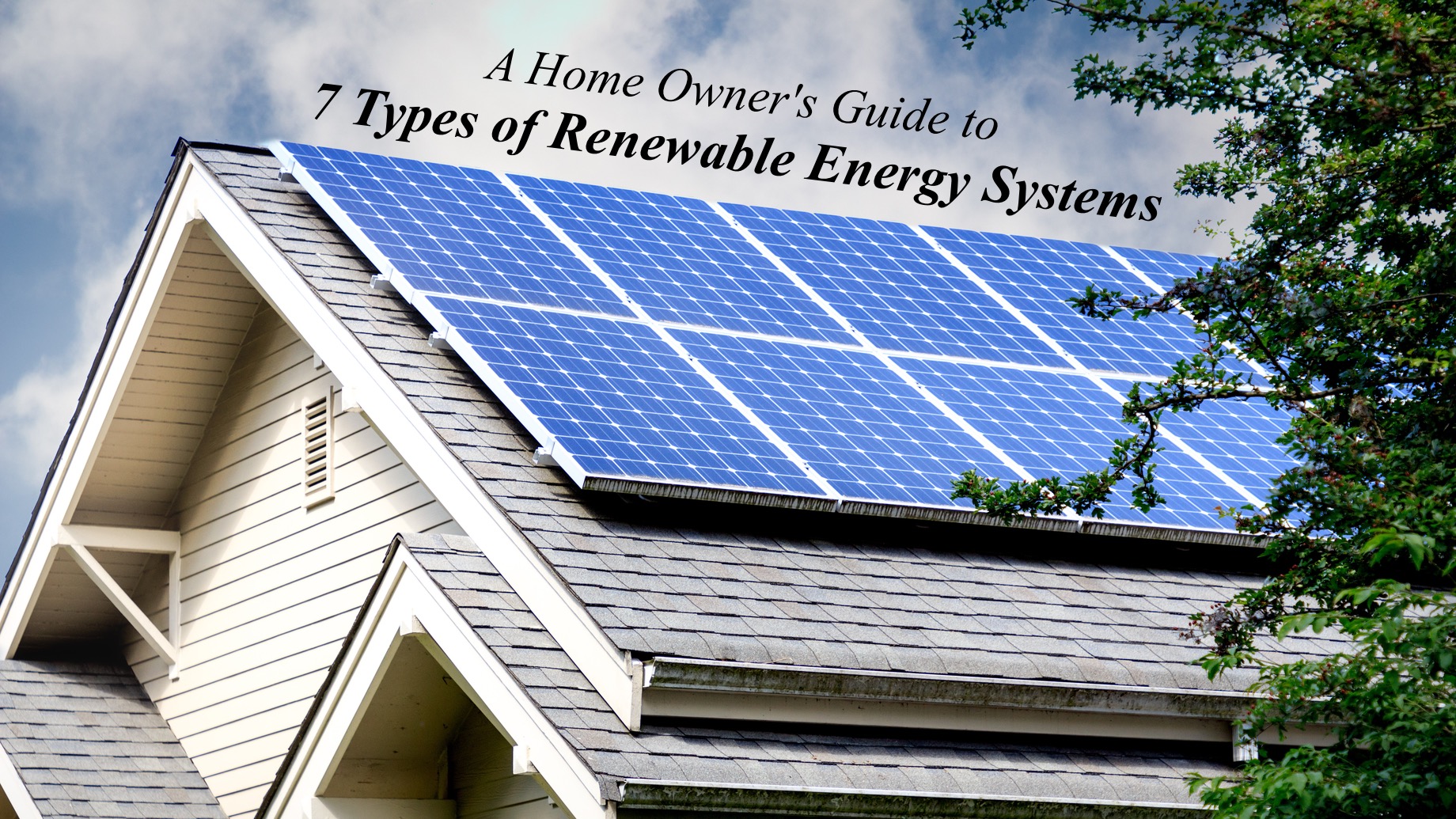How Does Architecture Incorporate Renewable Energy Systems?

Renewable energy is becoming increasingly important as the world seeks to reduce its carbon emissions and become more sustainable. Here are some key points to understand about the state of renewable energy:
1. The demand for renewable energy is growing
In 2020, nearly 90% of new electricity generation worldwide came from renewable sources. Solar and wind power are the most popular forms of renewable energy, and their use is expected to continue to grow in the coming years. In fact, some countries have set ambitious targets to use 100% renewable energy in the near future.
2. Renewable energy is becoming more affordable
As the demand for renewable energy grows, the cost of producing it has decreased. According to the International Renewable Energy Agency (IRENA), the cost of solar power has fallen by 90% in the past decade, making it one of the most affordable forms of energy in many parts of the world. The cost of wind power has also decreased significantly.
3. Renewable energy creates jobs
The renewable energy sector is expected to create millions of new jobs worldwide in the coming years. In the United States alone, the solar and wind industries employed more than 300,000 people in 2019. As more countries shift their energy production to renewables, we can expect this number to continue to grow.
4. There are still challenges to overcome
Despite the many benefits of renewable energy, there are still some challenges that need to be addressed. One of the biggest challenges is the intermittency of some renewable sources. Solar and wind power are dependent on the weather, and it can be difficult to store energy generated during periods of high production for use during periods of low production.
5. Energy storage technology is improving
To overcome the challenge of intermittency, research and development of energy storage technology has accelerated in recent years. Energy storage systems, such as batteries, can store excess energy during periods of high production and release it during periods of low production. As the technology improves, we can expect energy storage to become a more viable option for renewable energy.
6. Policy changes are needed to support renewable energy
Despite the decreasing cost of renewable energy, fossil fuels still receive significant subsidies worldwide. To support the growth of renewable energy, policy changes are needed at the national and international levels. This can include incentives for renewable energy production and research, as well as penalties for using fossil fuels.
7. The public plays a role in the growth of renewable energy
The demand for renewable energy is driven in part by public opinion. As more people become aware of the benefits of renewable energy and demand it from their utility providers and governments, the growth of renewable energy will continue to accelerate.
8. Renewable energy is essential for a sustainable future
Ultimately, the growth of renewable energy is essential for a sustainable future. The burning of fossil fuels is one of the main contributors to climate change, and if we want to avoid the worst effects of climate change, we need to reduce our reliance on them. Renewable energy provides a viable alternative that can help us achieve our climate goals.
FAQ
What is renewable energy?
Renewable energy is energy that comes from sources that are naturally replenished, such as sunlight, wind, and water. Unlike fossil fuels, which are finite resources, renewable energy can be used without depleting the source.
What are the benefits of renewable energy?
Renewable energy has many benefits, including reducing carbon emissions, combating climate change, creating jobs, and providing a sustainable source of energy for the future.
What are the challenges of renewable energy?
One of the main challenges of renewable energy is its intermittency, which can make it difficult to provide a consistent source of energy. Additionally, renewable energy infrastructure can be expensive to build and maintain.
What is energy storage?
Energy storage refers to systems or devices that store energy for later use. This can include batteries, pumped storage, and hydrogen storage, among others.
What can I do to support renewable energy?
You can support renewable energy by choosing to purchase electricity from renewable sources, supporting policies and incentives that encourage the growth of renewable energy, and reducing your own personal energy consumption.
What are some examples of renewable energy?
Renewable energy sources include solar power, wind power, hydroelectric power, geothermal energy, and biomass energy.
Renewable energy is an important part of our future, and understanding its current state is crucial for making informed decisions about our energy use. From the growing demand for renewable energy to the challenges that need to be overcome, there is much to consider when it comes to this vital source of energy.




Post a Comment for "How Does Architecture Incorporate Renewable Energy Systems?"